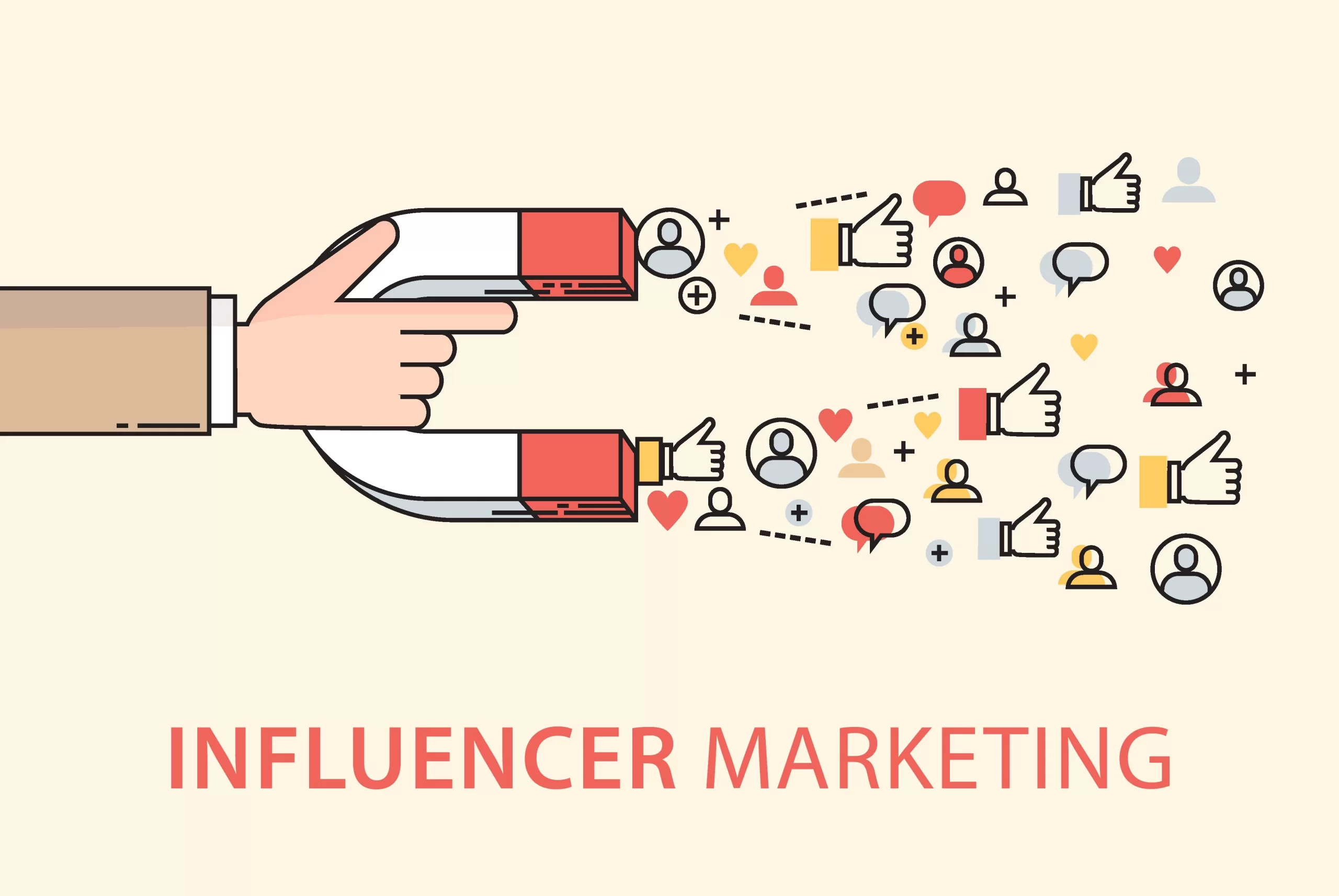What is Influencer Marketing?
Influencer marketing is a form of marketing that involves collaborating with influential people who have a large and engaged following on social media platforms.
These influencers can help you promote your brand, products, or services to their followers, who trust their opinions and recommendations. Influencer marketing can help you achieve various goals, such as increasing brand awareness, generating leads, driving sales, or boosting customer loyalty.
Why is Influencer Marketing Important in 2023?
Influencer marketing is not a new trend, but it is becoming more important and effective in 2023. Here are some of the reasons why you should consider influencer marketing for your business:
- Consumers are more savvy and selective: Consumers are becoming more aware of the traditional advertising methods and are more likely to ignore or block them.
- They are also more selective about the content they consume and the brands they trust. Influencers can help you cut through the noise and reach your potential customers in a more authentic and engaging way.
- Social media platforms are evolving: Social media platforms are constantly changing and introducing new features and algorithms that affect how your content is seen and consumed by your audience.
- Influencers can help you adapt to these changes and leverage the latest trends and tools to create engaging content that resonates with your audience.
- Influencers are more diverse and niche: Influencers are not limited to celebrities or mega-influencers with millions of followers.
- There are also micro-influencers, nano-influencers, or even customer-influencers who have smaller but more loyal and engaged followings. These influencers can help you reach a more specific and relevant audience that matches your niche and buyer persona.
- Influencer marketing is measurable and scalable: Influencer marketing is not a one-off campaign, but a long-term strategy that can help you achieve your business goals. You can measure the performance of your influencer marketing campaigns using various metrics and tools, such as impressions, reach, engagement, conversions, or ROI. You can also scale your influencer marketing efforts by working with multiple influencers across different platforms and regions.
How to Create an Influencer Marketing Strategy in 2023?
Creating an influencer marketing strategy in 2023 requires careful planning and execution. Here are some of the steps you need to follow:
- Define your goals and objectives: The first step is to define what you want to achieve with your influencer marketing strategy. Your goals should be SMART (Specific, Measurable, Achievable, Relevant, and Time-bound). For example, you might want to increase your brand awareness by 20% in the next six months, or generate 1000 leads in the next quarter.
- Identify your target audience: The next step is to identify who you want to reach with your influencer marketing strategy.
- You need to create a detailed buyer persona that describes your ideal customer’s demographics, psychographics, pain points, needs, preferences, and behaviors. This will help you find the right influencers who can connect with your audience and influence their purchase decisions.
- Find and vet the right influencers: The most crucial step is to find and vet the right influencers for your brand. You need to consider various factors, such as the influencer’s niche, audience size, engagement rate, content quality, tone of voice, values, reputation, and alignment with your brand.
- You can use various tools and platforms to find influencers based on keywords, hashtags, topics, or locations. You can also check their social media profiles, websites, portfolios, reviews, testimonials, or case studies to evaluate their credibility and suitability for your brand.
- Reach out and negotiate with influencers: Once you have a list of potential influencers, you need to reach out and negotiate with them. You need to craft a personalized and professional pitch that explains who you are, what you do, what you offer, what you expect, and why you want to work with them. You also need to discuss the terms and conditions of the collaboration, such as the deliverables, deadlines, compensation, disclosure, approval process, and performance tracking.
- Create and distribute engaging content: The next step is to create and distribute engaging content with your influencers. You need to provide them with clear guidelines and briefs on what kind of content you want them to create, such as the format (blog post, video, podcast, etc.), style (informative, entertaining, inspirational, etc.), tone (casual, professional, humorous, etc.), message (educational, promotional, testimonial, etc.), and call to action (visit your website, sign up for your newsletter, buy your product, etc.).
- You also need to provide them with the necessary resources and support, such as product samples, images, links, hashtags, or keywords. You also need to distribute the content across different platforms and channels, such as your own website, social media accounts, email list, or paid ads.
- Measure and optimize your results: The final step is to measure and optimize your results. You need to track and analyze the performance of your influencer marketing campaigns using various metrics and tools, such as Google Analytics, Facebook Insights, Instagram Insights, YouTube Analytics, or influencer marketing platforms.
- You need to compare your results with your goals and objectives, and identify what worked well and what didn’t. You also need to collect feedback from your influencers and your audience, and use it to improve your future influencer marketing campaigns.
Conclusion
Influencer marketing is a powerful way to reach your target audience, build trust, and increase conversions. In 2023, influencer marketing will be more important and effective than ever. To create a successful influencer marketing strategy in 2023, you need to follow these steps:
- Define your goals and objectives
- Identify your target audience
- Find and vet the right influencers
- Reach out and negotiate with influencers
- Create and distribute engaging content
- Measure and optimize your results


